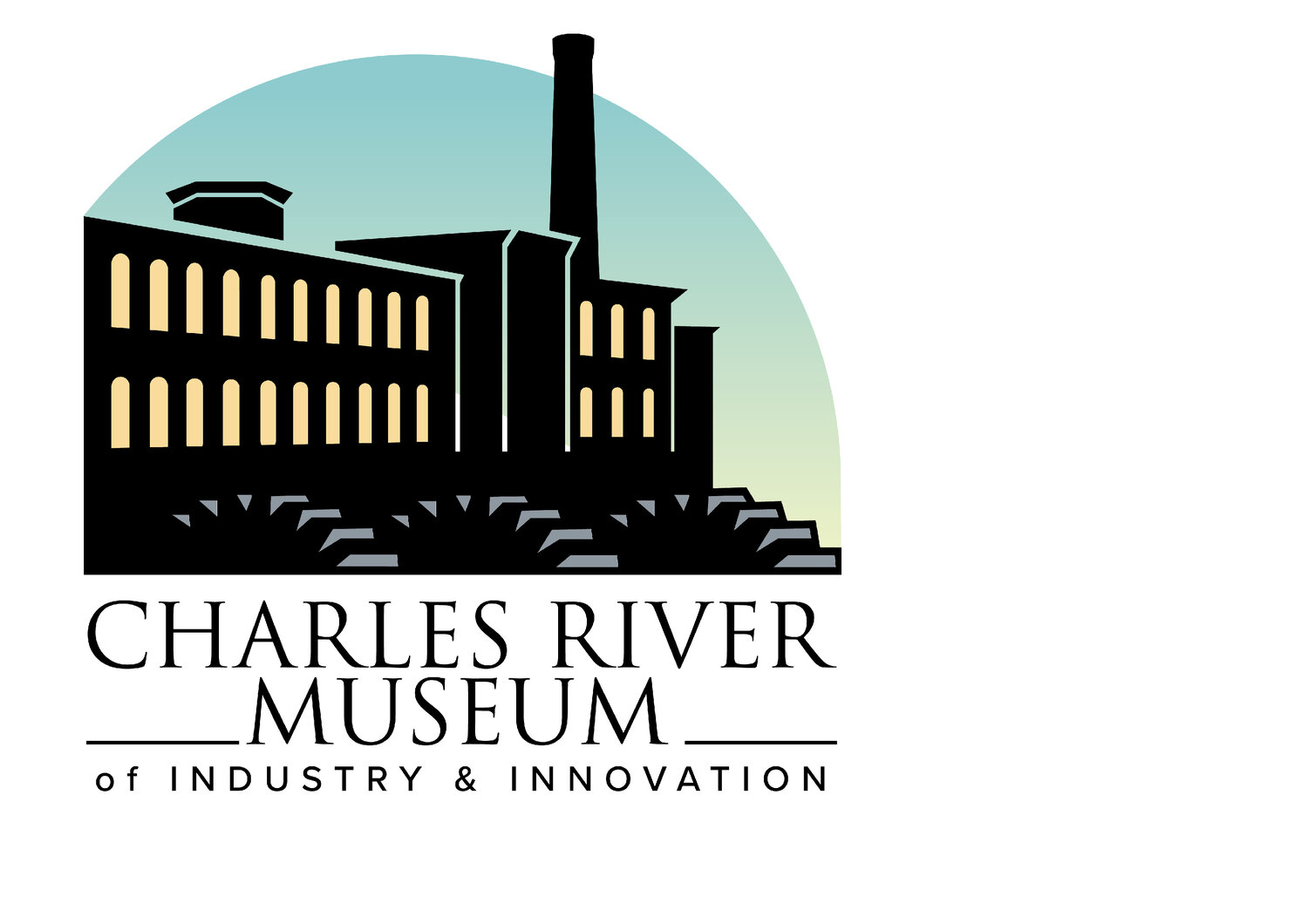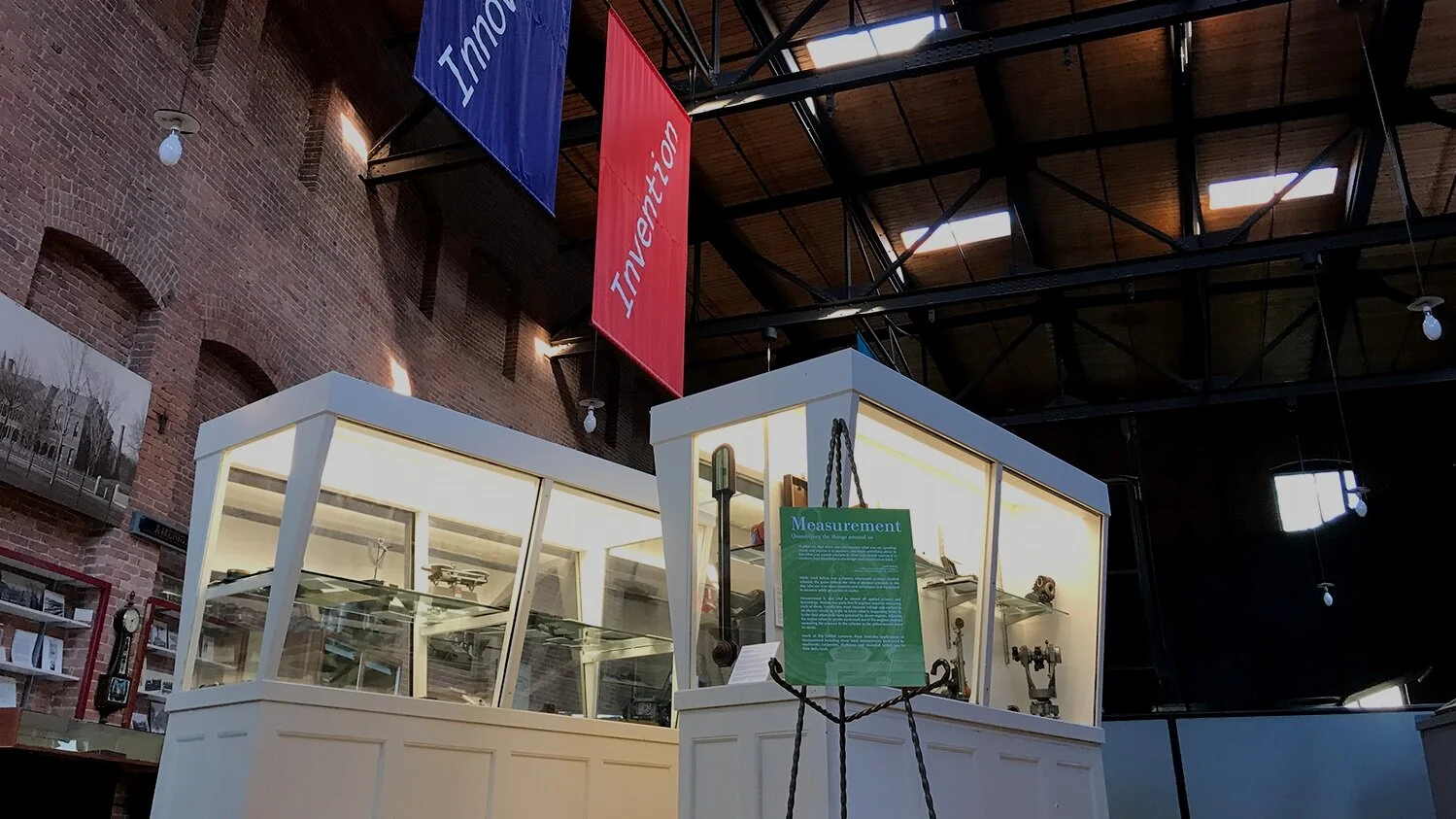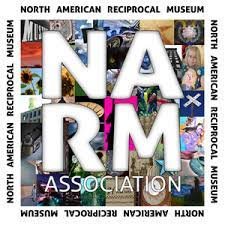Measurement
With contributions and assistance from many of his Museum Volunteer colleagues, this exhibit was curated by Robert W. Timmerman, PE, who describes here what you’ll find on display:
“We use the results of measurements in our everyday life: the alarm clock measures time, the room thermostat measures temperature to regulate heating or cooling (and may incorporate a clock to determine when to reduce the heat at night), the car speedometer measures speed, the gas gauge measures the amount of gas in the tank by measuring the level, the doctor checks one’s blood pressure, and weight.
“The Measurement Exhibit at the Charles River Museum of Industry and Innovation is a collection of 64 tools and instruments used in everyday work, covering the period from roughly from 1880 to the present. Most of the instruments come from the Museum’s Permanent Collection, supplemented by some recent donations from volunteers and friends.
“People who make things virtually live by measurements: carpenters measure the length of boards and check that what they build is level; machinists measure dimensions with a number of instruments that can measure to one thousandth of an inch or less, technicians and laboratory workers measure temperature and pressure with a variety of instruments; workers with electrical and electronic equipment measure voltage and current.
“The exhibit includes examples of common measuring instruments, and some that are of historical importance. It contains a wide variety of distance measuring instruments and various forms of thermometers. It has an instrument, called a steam engine indicator, used by the people who maintained the steam engines that drove the mills to draw a graph of how the pressure in the cylinder varied during the stroke of the piston (similar in function to a modern oscilloscope) in order to adjust the valves.
The exhibit also includes a series of electrical voltage and current meters tracing the development of electrical measurements from about 1920 to the present day.”
The ability to measure accurately is a critical success factor in an industrial setting. We invite you to visit and view this eclectic array of instruments and tools — many of which are quite beautiful aesthetically, in addition to being effective — that were put to valuable use by many a machinist, engineer, and operative over the years.












